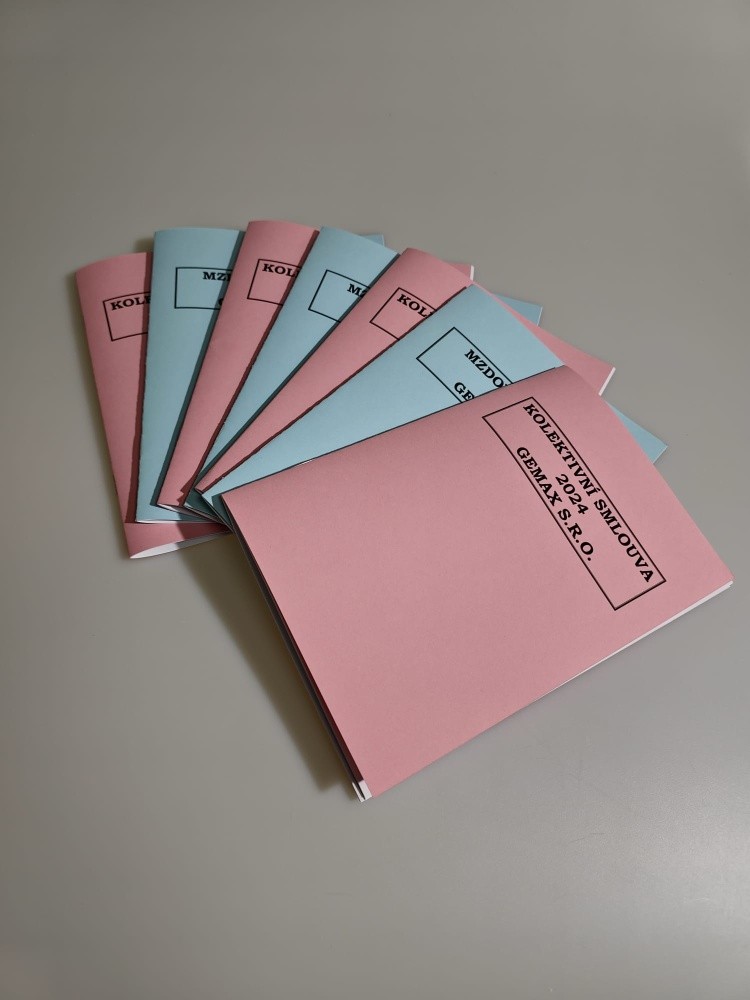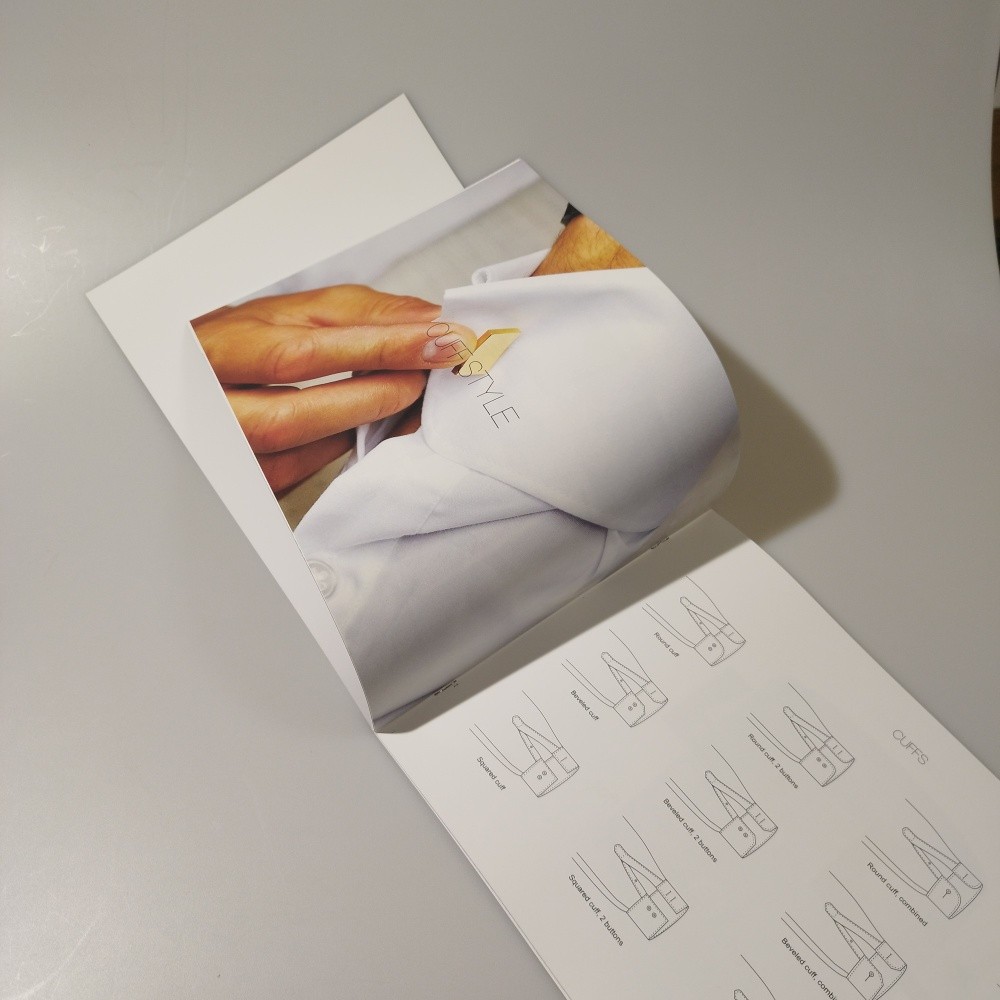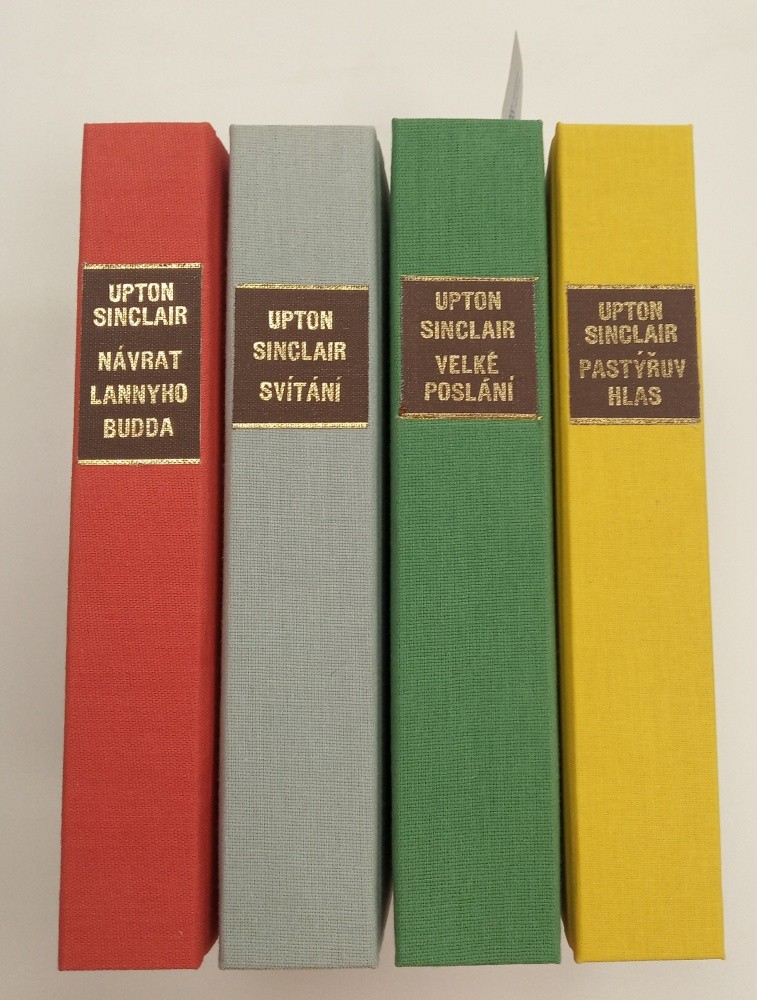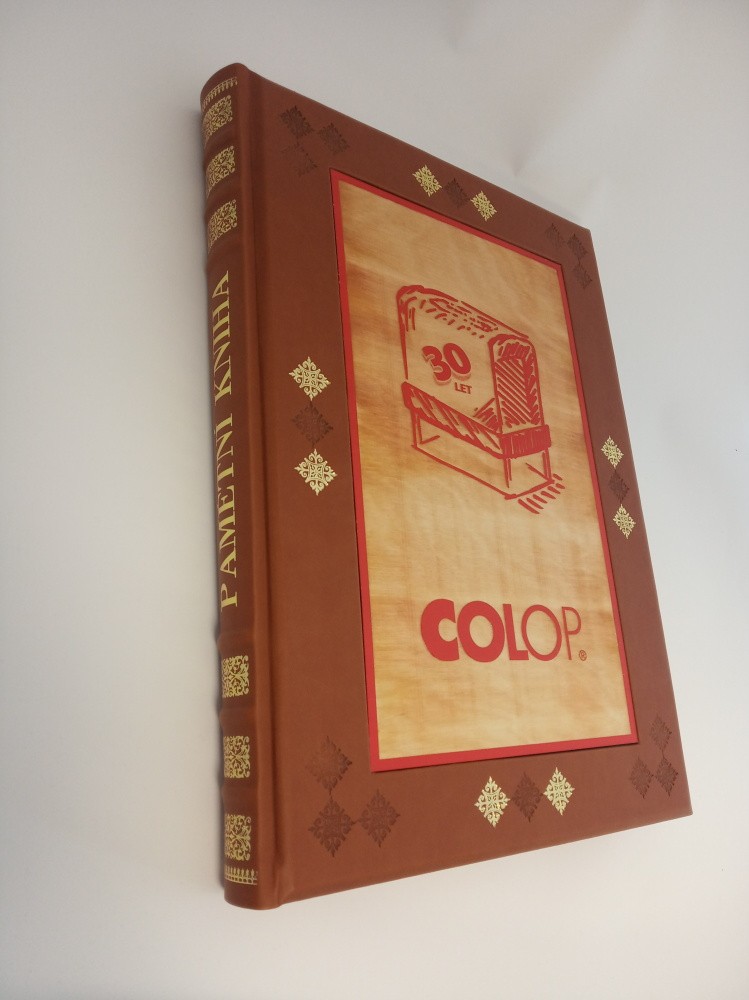Types of book cover
Ring binding
Ring binding is one of the most popular systems for its simplicity, security and speed of tying.
Plastic ring binding
Plastic spine with foil front and back hard white paper 250g.
Use: Suitable for presentations, manuals or other brochures, we can add additional pages.The binding system is easy and recommends binding from small amounts of paper up to approximately 400 sheets.
Ring wire binding
Use: Suitable for presentations, manuals or other brochures that require a professional look and no longer require the addition of extra paper for binding. The binding system is easy and recommends binding from small amounts of paper up to approximately 140 sheets.





Classic bookbindings V1 – V8
We provide standard book bindings of type V1 (sewn), V2 (glued), V3 (block), V4 (soft) or V8 (hard).
V1 binding
A soft, sewn binding in which the pages are inserted into each other and sewn together at the spine with two wire staples. We may or may not use a harder paper for the cover than in the block.
Use: Printing up to 60 sheets ( 120 pages) / More than 60 sheets ( 120 pages) is not recommended in this way.





V2 glued binding
Not used.
V3 block binding
Individual sheets or book components are stitched with thread. The whole/block is pasted into a paper cover.
The durability of the binding is limited due to tearing of the endpapers at the spine stitching. With the large size of the booklet, this binding results in poor unfoldability of the publication.
Use: suitable for small-run publications up to 100 pages. This binding is not much used.
V4 paperback
Sewn.
V6 – Leporelo
The individual sheets are made of cardboard (either printed or coated). The cardboard sheets are bonded with canvas or paper. The binding then joins these sheets separately with their own spine.
Use: mainly for children’s books and children’s books (spatial fairy tales, children’s book-type puzzles), family photographs.
V7 half-covered from the edge
The V7 book binding is a stiff binding with a combined cover, the so-called half-covered binding – glued with half-covered (combined) boards.
The book boards are paper covered and the spine of the book is covered with cloth or other suitable material. The cover paper is, of course, usually printed.
Use: book publications.
V8 hardcover
Sewn binding, hardcover, classic book binding of the highest quality. More details directly on this page.







